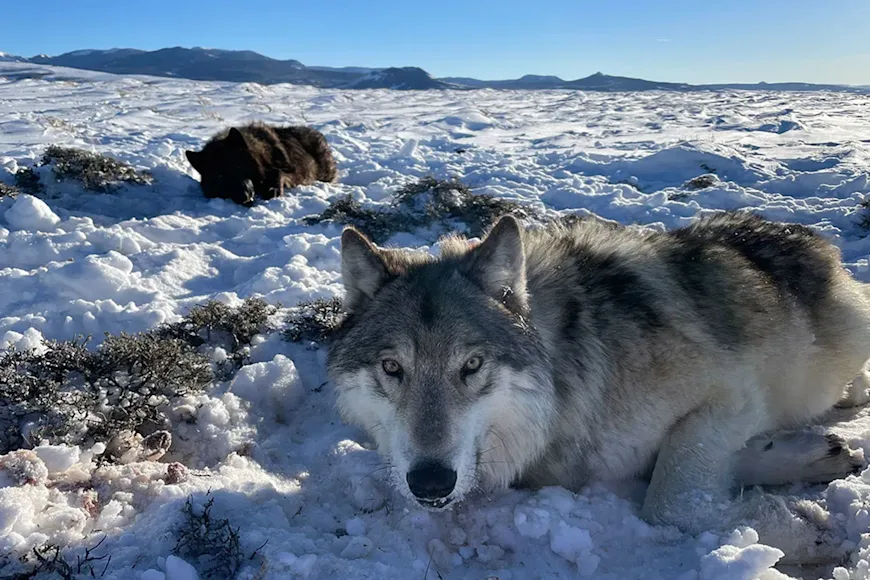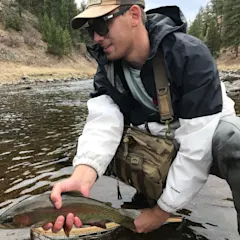After releasing 10 wolves in the state in December 2023, Colorado Parks & Wildlife (CPW) recently captured and removed an entire pack from the wild.
According to a press release provided to Field & Stream, CPW staff completed an operation to capture all of the members of the Copper Creek Wolf Pack on September 5. The adult male of the wolf pack, known as “male 2309-OR,” had been involved in several livestock depredation in the mere months it had been in the Centennial State.
“The [Colorado Wolf Restoration and Management Plan] calls for flexibility,” said CPW Director Jeff Davis. “This spring, after a pair of wolves established a den in Middle Park, the male adult wolf was involved in multiple depredations. Removing the male at that time, while he was the sole source of food and the female was denning, would likely have been fatal to the pups and counter to the restoration mandate.”
Because of this, officials waited until August to capture the pack—and decided to remove all of them and not the adult male. On Sunday, August 25, CPW staff captured adult female 2312-OR. On August 29, they captured “male 2309-OR.” Staffers also captured four wolf pups over several days in early September. The wolves were initially taken to a large undisclosed “secure location” for evaluation and monitoring.
According to officials, male wolf 2309-OR was “found in poor condition, with several injuries to his right hind leg, unrelated to the capture. The wolf’s body weight was nearly 30 percent lower than it was when he was released in December.”
Biologists administered antibiotics to the injured wolf, but he died four days after being captured. Officials say that he would not have likely been able to survive if he was left in the wild, and it’s possible that the wolf’s injuries played a role in spurring it to prey on livestock instead of natural prey items like deer and elk.
CPW says the female and wolf pups appear to be in good health, albeit underweight. The agency plans to monitor their health with the aim of eventually reintroducing them back into the wild when the pups are old enough to hunt on their own.
Read Next: Anti-Hunting Groups Are Targeting Oregon's Spring Bear Season
“Our legal obligation to Colorado voters is to continue working towards a sustainable population. We also must continue our efforts to minimize losses to our producers and to ensure the health, safety, and well-being of the wolves as we work towards a viable gray wolf population,” added Davis. “We will take the lessons we’ve learned here and apply them as we continue to build out a strong program alongside our federal and state partners, and both the wolf restoration advocacy and ranching communities.


